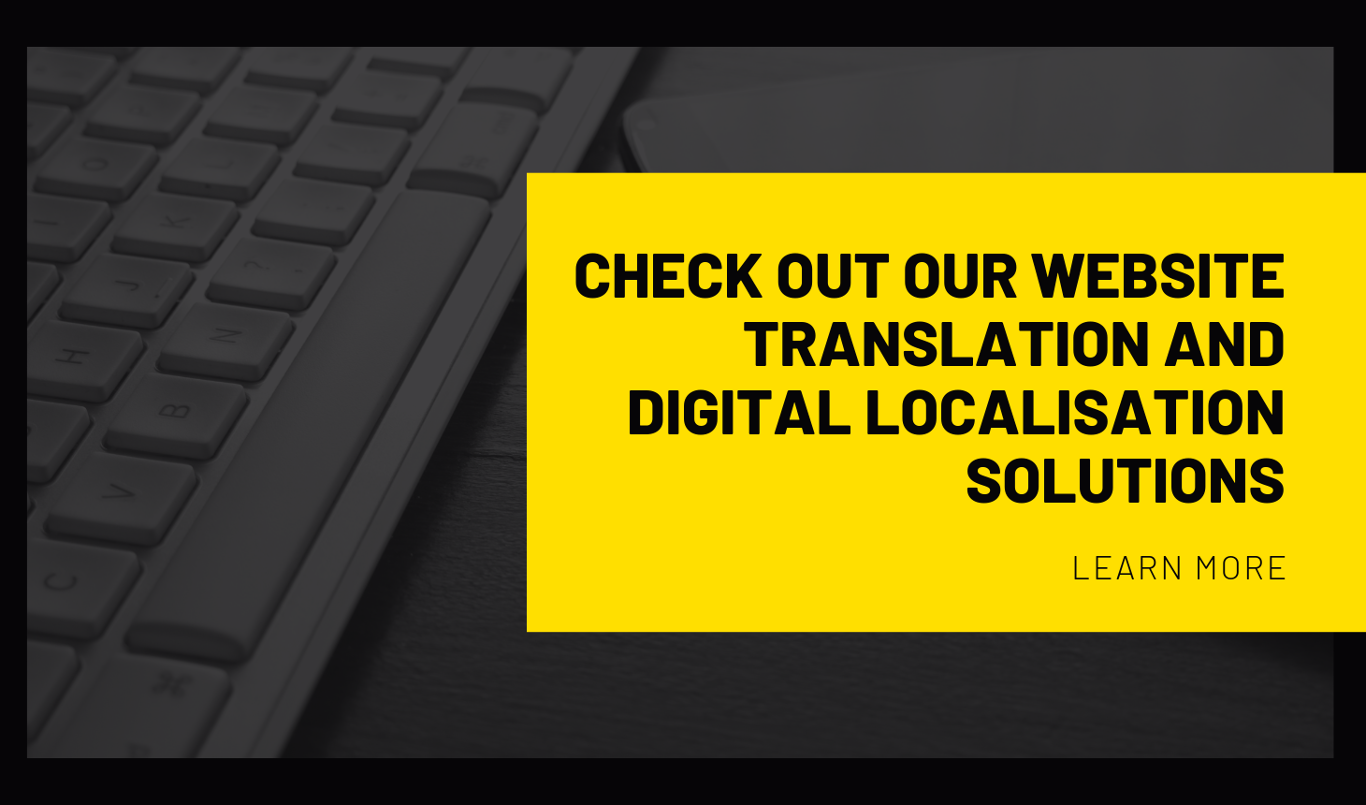We are surrounded by a new reality that is constantly changing and nowadays, it is dictated by the rapid development of technology, as well as the success of video games and mobile applications. To give just a few examples.
Content localisation, multilingual websites, website translation, global positioning and digital communication are terms which have become familiar, just like the challenges they pose to companies.
This is a new reality, one that is in constant change and is dictated by the rapid evolution of technology, alongside the success of video games and mobile applications. In practice, this reality has come to demand more flexibility in a wide range of processes, highlighting the importance of the concept of continuous localisation.
The trend of "continuous" or "agile" localisation is the response to a necessity dictated by the constant and ever faster change.
Let's take a look at the facts: it's is highly unlikely that this new approach of continuous localisation will disappear any time soon, more so since it is a necessity that even affects small localisation projects and that has had a positive response from language services companies.
How? By using translation and localisation tools, such as those provided by Wordbee, that make it possible for language services companies to rapidly process small requests from their clients. And these requests are more and more recurrent.
Continuous localisation
The truth is "we live in a world where things happen every second." And they are published online. All of this has lead translation companies to offer much faster services, which shows that it is important for companies that require localisation services to work with the help of specialists.
Nowadays we all assume one thing: traditional methods of translation and localisation are no longer able to respond to the needs of modern companies that are geared towards the future
The traditional approach, based on the localisation of complete versions of a product, with which we have been familiar since the 80s and 90s, has not disappeared - it is still the method used today, in medical translations or translations of technical manuals, for example - but the tasks required from language services providers today go beyond the linear steps of translation and localisation.
In this sense, the gaming industry is a good example of what we're tackling here as part of this new world: agile, or continuous, localisation.
What continuous localisation has to offer
- It understands what needs to be translated and why;
- Localises it;
- And transfers the translation back to the product.
What do we mean? From the moment the task of translation and localisation is incorporated into the software development cycle, and only once this cycle has ended, the door to continuous localisation is opened. This is a very real situation with the "boom" of gaming and online applications. “We are all familiar with applications and games that are updated almost every day on our smartphones."
In practice, the constant participation of language services companies in the process, even with small updates and improvements, rather than just complete versions, avoids interruption before launching, since there is a permanent flow of data. Data is treated in a very automated way.
Localisation strategy is essential
Therefore, it's time to reiterate the importance of implementing a content localisation strategy, a crucial task. There are different ways of doing it, that's certain, but there is only one final aim: to address globalisation as a central function within the company or organisation, as a fundamental part of the planning and launching of products and marketing.
The implementation of a strategy is a journey - you remember the model of localisation maturity, right? - with landmarks that help to guide the way.
- The strategy must help to make localisation a faster process;
- The strategy must specify the goals to be reached;
- The strategy must be based on a well-defined workflow.
As a footnote, always remember this: you must be able to see where your company or organisation is on the model of localisation maturity, because this awareness will help you make the right decisions in order to reach the ideal goal, level 5.
This text was not written by a native English speaker, but by a language lover. However, all our language services are always provided by native speakers.
ABOUT US
AP | PORTUGAL Tech Language Solutions is a Portuguese translation company certified by the International Quality Standard ISO 17100. The company offers a wide range of language services, which include translation (TEP), post-editing machine translation (PEMT), transcription, desktop publishing and subtitling, voice talent, software and website localisation technology, SEO and consulting. It invests enthusiastically in the development of partnerships and cooperation anywhere in the world where your organization may need a partner for the African, Brazilian and European Portuguese language.
Related Articles:
We have already stated that this is not the time to worry about technology, but the time...
Related Articles:
The truth is that in this "information era" knowing the difference between "more...
Related Articles:
The truth is that in this "information era" knowing the difference between "more...







Comments